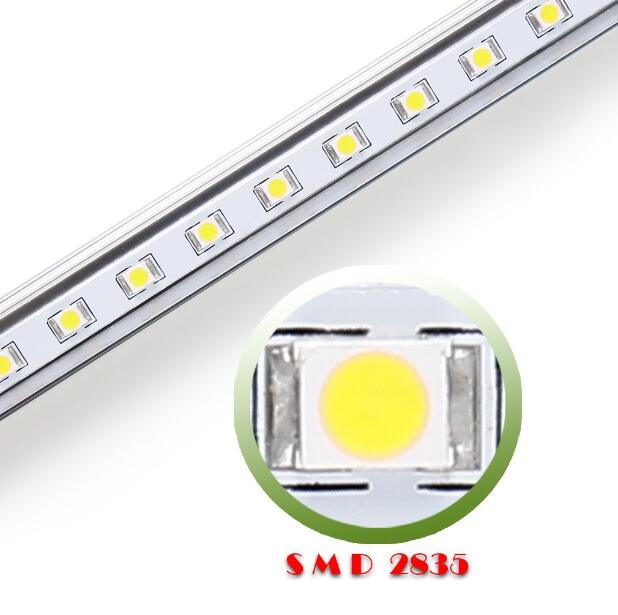It is a very common phenomenon that LED lights get dimmer the more they are used. To sum up, there are three reasons why LED lights can be dimmed.
Drive failure.
LED lamp bead requirements in DC low voltage (below 20V) work, but our usual mains is AC high voltage (AC 220V). The electricity needed to turn mains power into a lamp bead requires a device called “LED constant current drive power supply”.
Theoretically speaking, as long as the parameters of the driver and the bead board match, can continue to power, normal use. The interior of the driver is more complex. The failure of any device (such as capacitor, rectifier, etc.) may cause the change of output voltage, which will cause the dimming of the lamp.
LED burnout.
LED itself is composed of a combination of lamp beads, if one or part of the light is not bright, it is bound to make the whole lamp dark. Lamp beads are generally connected in series and then in parallel – so a lamp bead burned, it is possible to cause a number of lamp beads are not bright.
There are obvious black spots on the surface of the burnt lamp bead. Find it and connect it with a wire on its back to short-circuit it. Or replace a new lamp bead, can solve the problem.
LED occasionally burned one, probably by accident. If you burn frequently, you need to consider driver problems — another manifestation of driver failure is the burning of the bead.
LED fading.
Light decay is when the luminosity of the light becomes less and less bright — a condition that is more pronounced in incandescent and fluorescent lamps.
LED lights can not avoid light decay, but its light decay speed is relatively slow, generally with the naked eye is difficult to see the change. But it does not exclude inferior LED, or inferior light bead board, or due to poor heat dissipation and other objective factors, resulting in LED light decline speed becomes faster.
Post time: Apr-26-2023







